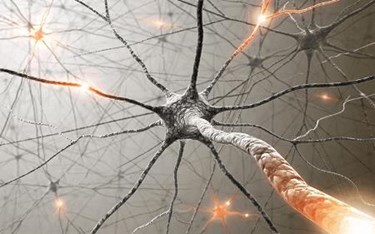CNS Trials: Challenges and Opportunities for Neuropsychological Testing

Central nervous system (CNS) conditions, including psychiatric, neurological and substance abuse disorders, are expected to account for 14.7 percent of the global burden of disease by 2020, posing the largest economic, social, and capital burden worldwide of any disease group. While CNS disorders represent a significant opportunity for therapeutic innovation, the number of new molecular entities that have received regulatory approval for the treatment of major CNS disorders is low compared to other therapeutic areas. Among the larger pharmaceutical companies, Pfizer, Merck, and Sanofi-Aventis have scaled back their investments and GlaxoSmithKline, Bristol-Myers Squibb, and AstraZeneca have exited this therapeutic area completely, as the risk involved in developing drugs for complex or poorly-understood psychiatric conditions is often too great to allow for profitable drug development.
Currently, the majority of CNS clinical trials rely on neuropsychological endpoints for establishing efficacy, safety, and tolerability. Unfortunately, the available instruments for neuropsychological testing are sometimes subjective and may be limited by variability from a number of sources. In addition to being time-intensive, the administration of neuropsychological testing may also require special equipment, training, and testing areas, all of which contribute to the cost of a clinical trial. In many cases, sponsors of neuropsychiatric clinical trials are faced with the challenge of identifying behavioral, cognitive and functional endpoints that are relevant for both clinical and regulatory purposes based on limited guidance and an inadequately-developed evidence base.
Sponsors and investigators need to fully understand the existing regulatory guidance relevant to the clinical evaluation of neuropsychiatric drugs in order to employ or develop accurate, specific, and cost-effective neuropsychological assessments or alternative methods for measuring the efficacy, safety, and tolerability of these much-needed drugs.
Get unlimited access to:
Enter your credentials below to log in. Not yet a member of Clinical Leader? Subscribe today.
